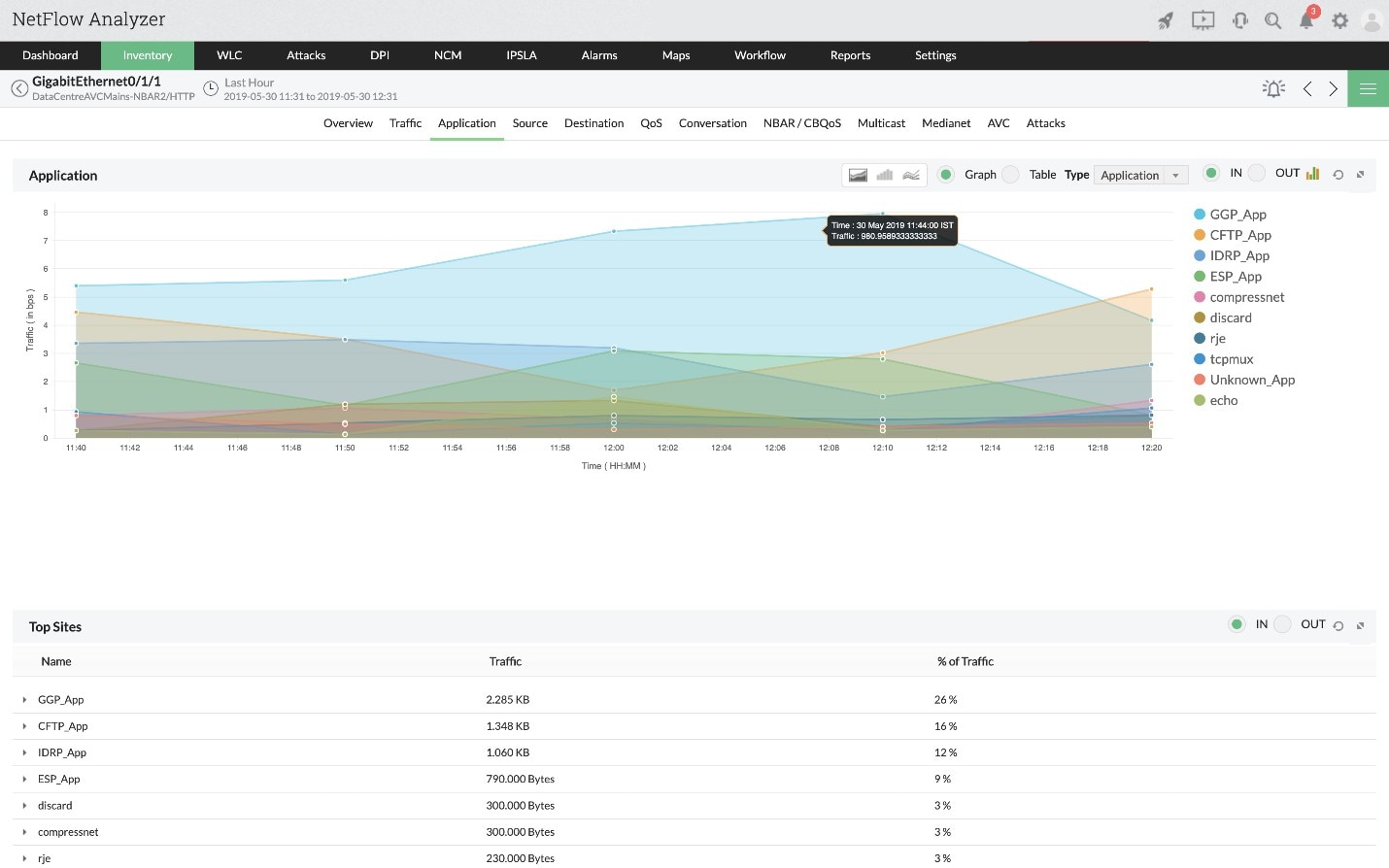

Produce N nanosecond delay after each B bytes sent. Note that possible values for this option depends onĮmitting rate limit (0:0=no limit). If parameter greater then zero fprobe will use real-time scheduling policy to Relatively small, so it should need to change the maximum: sysctl -w Note that maximum allowed size of the buffer in Linux limited and generally Socket()-based capture mechanisms: it mean that it work on Linux and don't work on Moreover, now this hack take effect only on Unfortunately, at present there is no straight way to set the buffer size throught Increase kernel capture buffer size is most adequate way to prevent packets loss. Kernel capture buffer size (0=don't change). Purpose of this buffer is to separate most time-critical packet capture thread from Įach captured packet at first puts into special buffer called `pending queue'. Memory limit for flows cache (0=no limit).


Note that maximum and default values depends on compiling options ( -with-membulk The second parameter may be omitted - in this case its value will be equal to the
#Active timer on netflow manual
Read tcpdump manual for detailed expression syntax. For general use `ip' (-fip) is good filter expression. Otherwise, only packets for whichįprobe use silly IP-packet detection method, so it is bad idea to leave the filterĮmpty. Given, all packets on the net will be captured. You may use ` -' as interface name to process files produced by tcpdump with -wįilter expression selects which packets will be captured. ` any' device will not be done in promiscuous mode. ` any' can be used to capture packets from all interfaces. On Linux systems with 2.2 or later kernels, an interface argument of If unspecified, fprobe will use result of pcap_lookupdev()įunction. Used, the interface might be in promiscuous mode for some other reason. p Don't put the interface into promiscuous mode. DESCRIPTION fprobe - libpcap-based tool that collect network traffic data and emit it as NetFlow flows


 0 kommentar(er)
0 kommentar(er)
